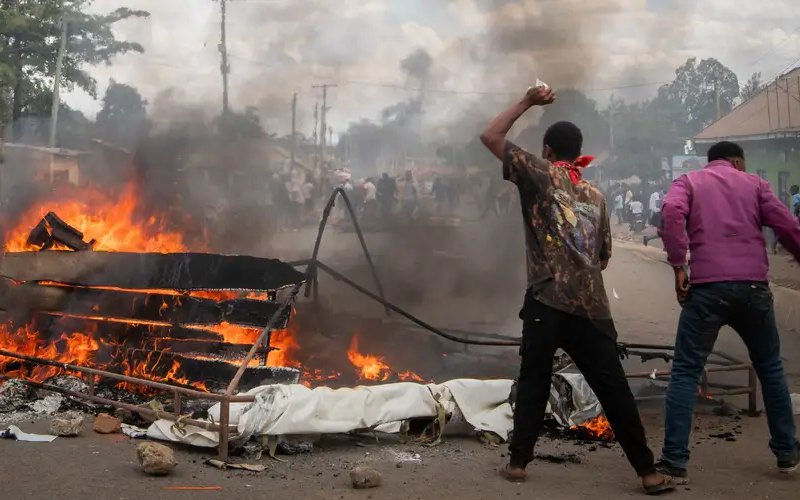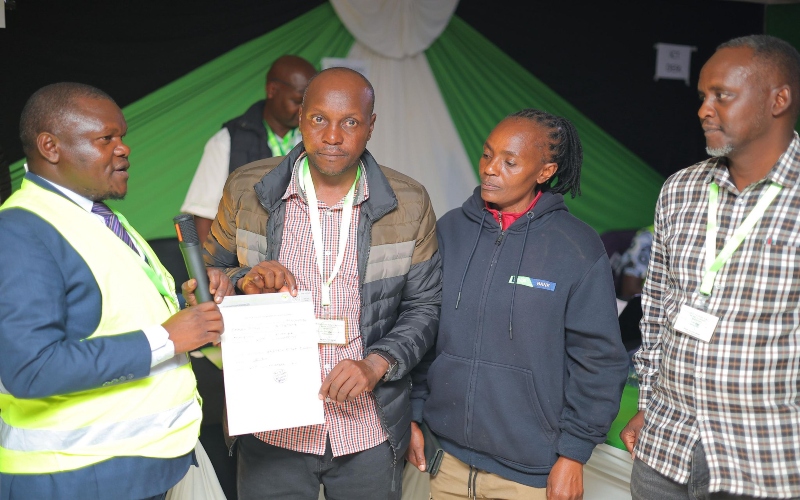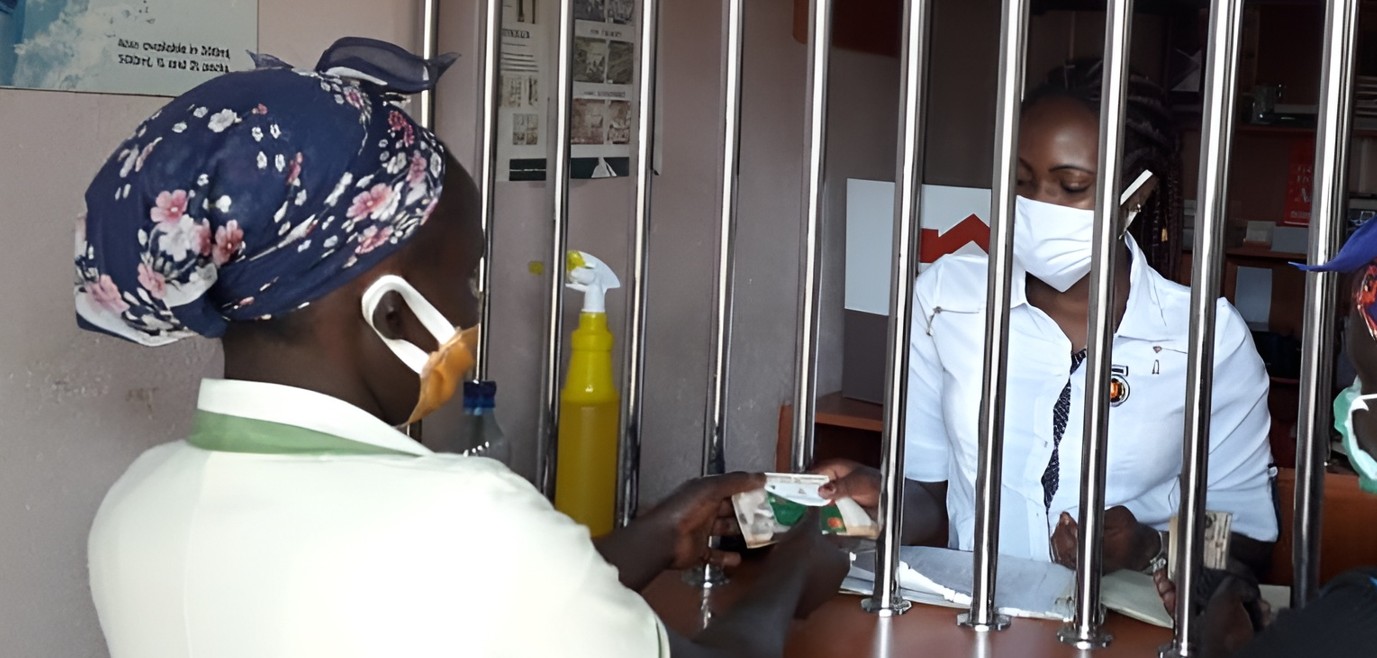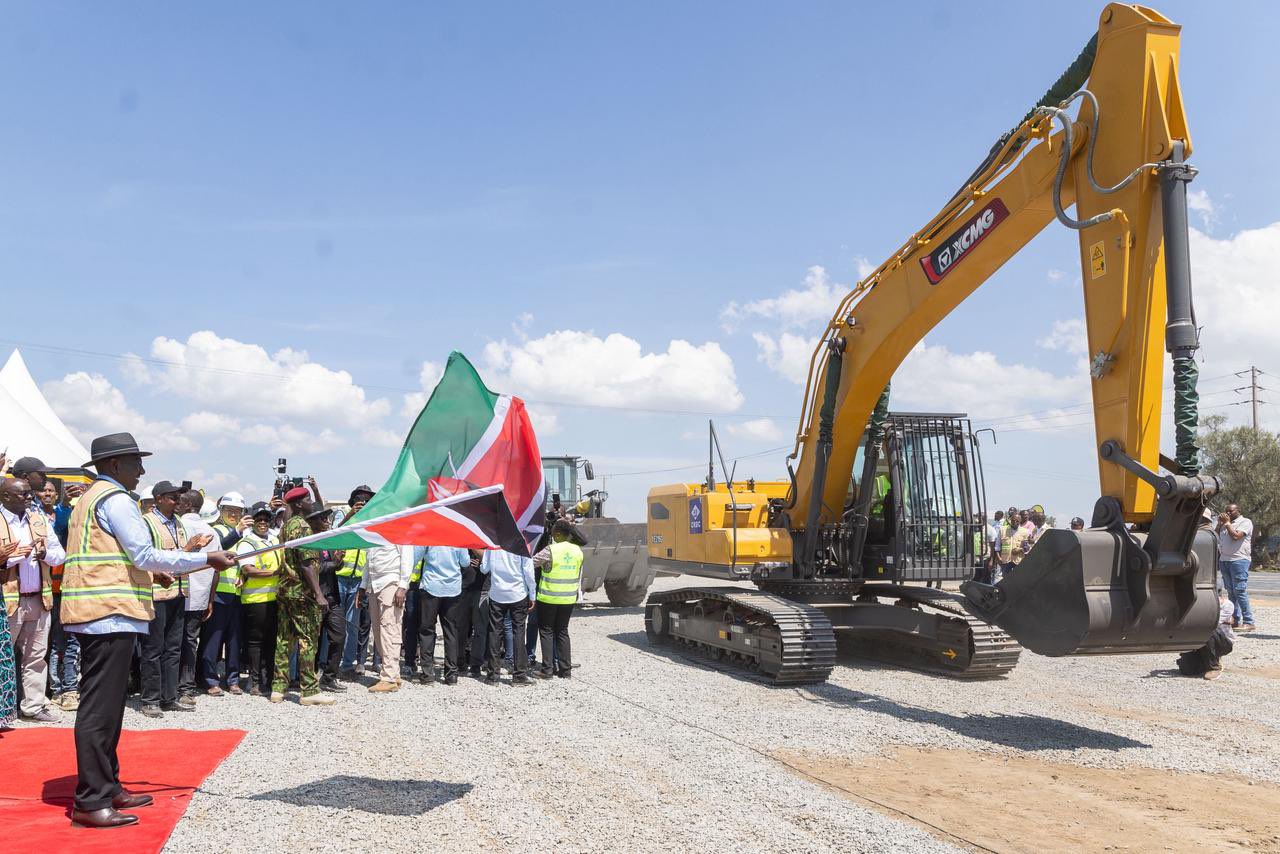Kenya and Somalia record gains in security operations against Al-Shabaab - IGAD
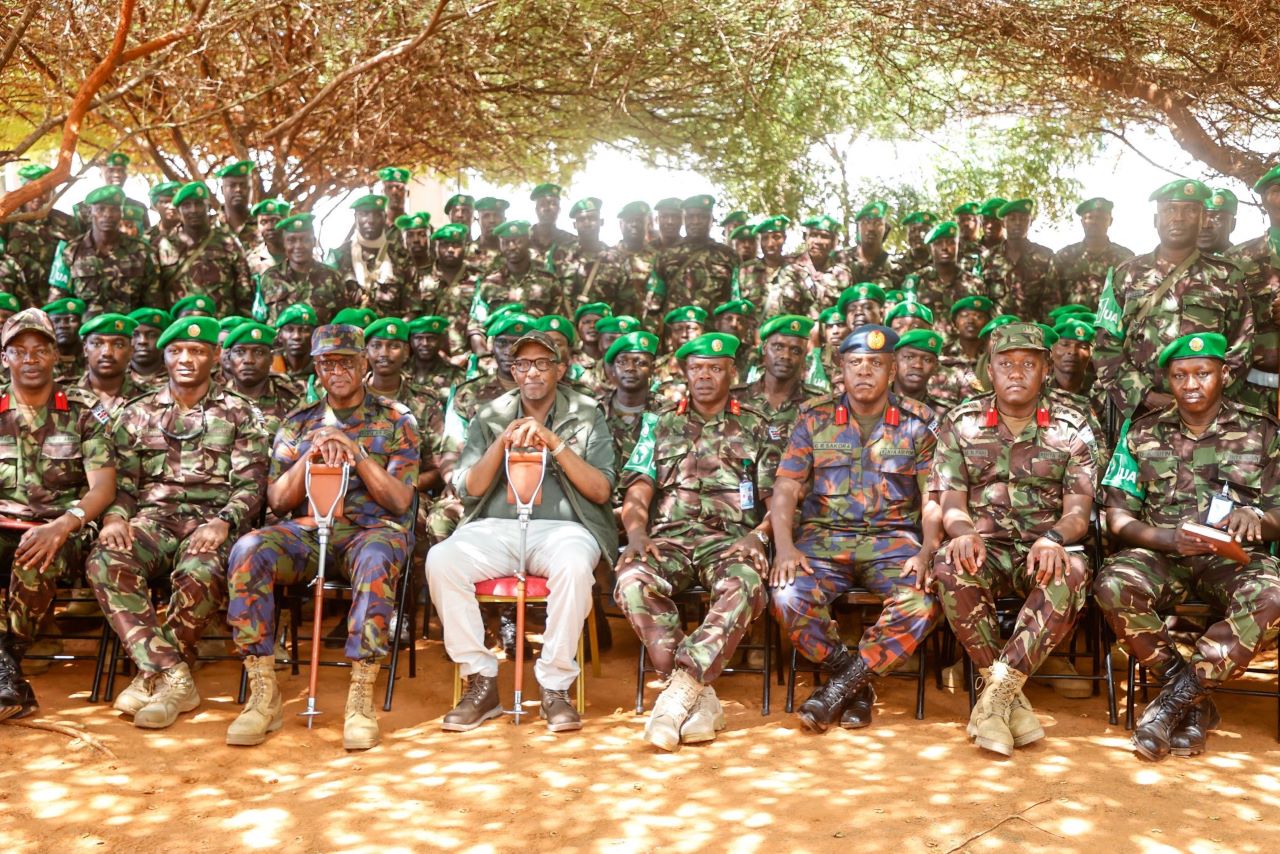
The report noted that terrorist attacks were primarily carried out using small arms and light weapons at 60 per cent, while explosives and bombs accounted for 40 per cent of the incidents.
The Intergovernmental Authority on Development's (IGAD) latest data on trends in violent extremism in the region shows that, while the threat of violent extremism remains a major security challenge in the Horn of Africa, the third quarter of the year recorded a rise in successful security operations that helped thwart Al-Shabaab activities in Kenya and Somalia.
Such operations led to the seizure of drones and sophisticated weaponry intended for the Al-Shabaab and ISIS terrorist groups in Somalia.
More To Read
- IGAD ministers renew regional pact on refugees as Kenya demands fair burden‑sharing
- Kenya’s refugee population hits 860,000 as State pushes integration plan
- IGAD rallies region to tackle deepening displacement crisis amid funding cuts, conflict
- Daua Dam, irrigation masterplan gain momentum after high-level talks in Nairobi
- IGAD leads new push for Peace in Sudan as regional and global partners back three-step plan
- ONLF accuses Ethiopia of breaching 2018 peace deal as Somali Region tensions rise
The quarterly report, produced by IGAD's Centre of Excellence for Preventing and Countering Violent Extremism (ICEPCVE), however, shows that militia groups continued to target security agencies in the third quarter, accounting for 56 per cent of the fatalities that occurred during the period under review.
During the quarter, Al-Shabaab intensified attacks on military bases, with security forces being their primary target, the Centre reported.
“About nine hundred and ten fatalities were recorded in the quarter, which translates to about a 12 per cent increase in fatalities compared to around four hundred and twenty-five injuries, marking a 10 per cent decline from the second quarter of the year. July recorded the highest number of fatalities and injuries. A majority of those fatally injured were security personnel at 56 per cent and civilians at 44 per cent,” the Centre said.
According to the report, most of the attacks carried out in Southern and Central Somalia occurred in areas such as Jubaland, Puntland, Mogadishu, Bakool, Galgaduud, and Lower Juba.
In Kenya, the report noted that the attacks mostly occurred along the Kenya-Somalia border in Mandera, Garissa, and Lamu counties.
Kenyan security agencies were, however, able to prevent attacks in the Boni area of Lamu County in September, when explosives, ammunition, and communication gadgets, among other items, were recovered at a makeshift camp in an operation that left four militants seriously injured.
Also in September, officers responding to reports of militia sightings in the Alango Warba area of Garissa County recovered materials used for making improvised explosive devices (IEDs) intended for an attack.
Additionally, in the same county in mid-September, the Special Operations Group (SOG) recovered old IED casings and jerry cans at a suspected former militia camp following a tip-off from locals.
The report noted that terrorist attacks were primarily carried out using small arms and light weapons at 60 per cent, while explosives and bombs accounted for 40 per cent of the incidents.
Though attacks on civilians were fewer, the report highlighted an increase in attacks on social and recreational venues, including restaurants.
“Despite heightened operations against Al-Shabaab by security forces in the third quarter, the terrorist group demonstrated their capability to execute large-scale attacks, following a tragic incident at Lido Beach in Mogadishu, as well as an attack on a tea café in the capital city, resulting in numerous casualties. These attacks on social places expose critical vulnerabilities in the capital's security infrastructure and underscore significant gaps in intelligence gathering and operational readiness,” the Centre said.
Top Stories Today





